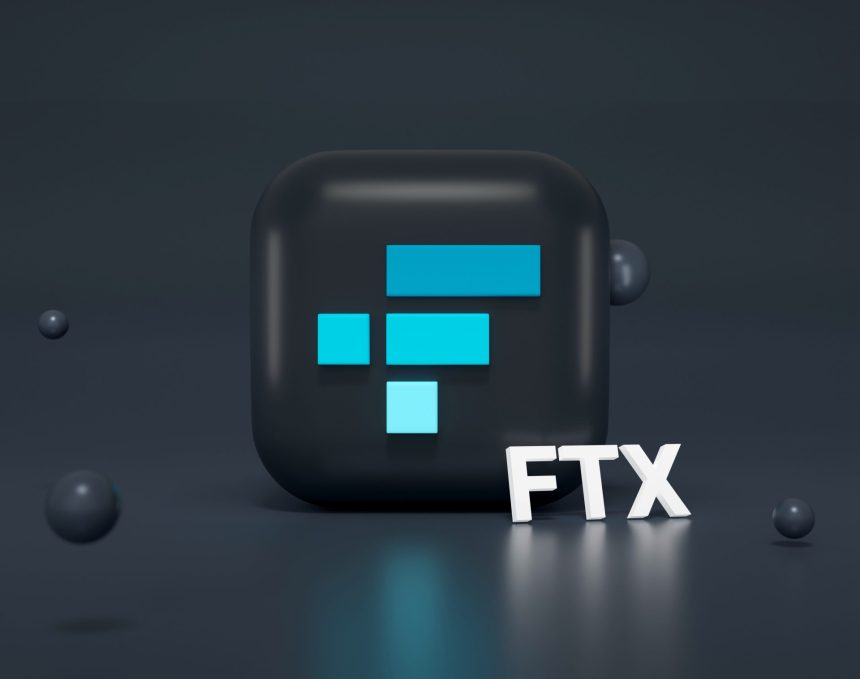In a high-profile trial, Sam Bankman-Fried, the founder of FTX, faces extensive cross-examination regarding his involvement in the collapse of the bankrupt cryptocurrency exchange. Assistant US Attorney Danielle Sassoon has been relentless in her questioning, seeking to expose discrepancies between Bankman-Fried’s public statements and his actions as the CEO of FTX. This article delves into Bankman-Fried’s testimony, shedding light on key revelations and providing insights into the trial proceedings.
Bankman-Fried’s Ambiguous Answers
During the trial, Bankman-Fried faced pointed questions from Sassoon, who sought to highlight inconsistencies between his actions as the CEO of FTX and his public statements. When asked if he called the shots as CEO, Bankman-Fried responded ambiguously, stating that he called “some of them.” This response raised doubts about his level of control and decision-making within the company.
Sassoon further probed Bankman-Fried’s intelligence, asking if he considered himself a smart individual. Bankman-Fried responded cautiously, acknowledging that he possessed intelligence in certain areas but not in all aspects. These responses painted a picture of a CEO who may not have had complete control over the operations of FTX.
Alameda Research’s Special Treatment
One of the key allegations against Bankman-Fried is that he provided special treatment to FTX’s sister company, Alameda Research, which was not subjected to the same trading rules as other accounts on the FTX platform. Sassoon presented a range of documents and audio clips from Bankman-Fried’s past interviews to demonstrate this privilege.
Bankman-Fried’s responses were often vague, with frequent claims of not recalling specific conversations or statements. Judge Lewis Kaplan intervened and instructed Bankman-Fried to answer clearly, without attempting to infer Sassoon’s intentions. Bankman-Fried reluctantly admitted that Alameda Research may have been able to withdraw billions of dollars from the FTX exchange using a line of credit without being subject to the auto liquidation protocol.
Bankman-Fried’s Controversial Statements
Sassoon also focused on Bankman-Fried’s public statements and their alignment with his actions. She highlighted Bankman-Fried’s advocacy for crypto regulation, citing a tweet where he claimed his support for regulation was “contingent on protecting customers.” However, Sassoon confronted him with an exchange he had with a reporter, where he stated “f*ck regulators” and called his advocacy “just PR.”
Bankman-Fried defended himself, stating that the comment referring to some customers as “dumb m*therf**kers” was aimed at a specific subset of customers. These controversial statements, along with the inconsistencies between his public and private statements, raised doubts about Bankman-Fried’s credibility.
Promotion of FTX and User Safety Claims
Sassoon aimed to undermine Bankman-Fried’s testimony about his good faith actions in promoting FTX as a safe and transparent exchange. She referred to instances where Bankman-Fried touted FTX’s innovative technology and commitment to user safety. Bankman-Fried admitted to being proud of FTX’s rapid growth, suggesting that he may have exaggerated the safety and transparency of the platform to attract investors and customers.
Danielle Sassoon: The Tough Questioner
Assistant US Attorney Danielle Sassoon has been leading the government’s cross-examination of Bankman-Fried. With a background as a law clerk to Justice Antonin Scalia and degrees from Yale and Harvard, Sassoon is no stranger to tough questioning. Her approach has been relentless, aiming to expose any inconsistencies in Bankman-Fried’s testimony and hold him accountable for his actions.
Cross-Examination Challenges
Cross-examination has proven to be a challenging phase for Bankman-Fried. Sassoon has shown little patience for his meandering answers, pushing for clear and direct responses. Bankman-Fried appeared confident and composed when questioned by his own counsel, but under Sassoon’s scrutiny, he appeared flustered and anxious. The trial is expected to intensify as Sassoon continues her rigorous cross-examination.
Bankman-Fried’s Tweet and the Collapse of FTX
One of the central pieces of evidence against Bankman-Fried is a tweet where he claimed that FTX and its assets were “fine” despite the market downturn. Bankman-Fried defended this tweet, stating that it was accurate at the time it was posted. However, as the market continued to crash, the assets associated with Alameda Research declined massively, causing FTX’s net asset value to plummet from $10 billion to almost zero. Bankman-Fried admitted to deleting the tweet as the solvency crisis loomed.
Withdrawals Surge and Liquidity Crisis
Bankman-Fried described the days leading up to FTX’s bankruptcy filing, highlighting the significant increase in net withdrawals. Following a tweet from a rival CEO, FTX experienced a billion-dollar withdrawal, signaling a potential run on the bank and a risk of a liquidity crisis. The subsequent day witnessed a staggering $4 billion in net withdrawals, a hundred times higher than usual. These massive withdrawals further exacerbated the liquidity concerns surrounding FTX.
Cleaning Up FTX’s Accounting
Bankman-Fried revealed his involvement in a significant project aimed at cleaning up FTX’s accounting, acknowledging that the process was messy and required months of alignment between developers and the finance team. This admission shed light on the challenges faced by FTX and raised questions about the company’s financial management practices.
See first source: CNN
FAQ
What is the primary focus of the cross-examination of Sam Bankman-Fried?
The cross-examination seeks to expose any discrepancies between Bankman-Fried’s public statements and his actions as the CEO of FTX, especially concerning the collapse of the cryptocurrency exchange.
What were some ambiguous answers provided by Bankman-Fried during the trial?
When questioned about his decision-making authority as CEO, and his intelligence, Bankman-Fried provided vague answers, indicating partial control and selective intelligence in certain areas.
What is the allegation regarding Alameda Research’s special treatment?
It’s alleged that Bankman-Fried allowed FTX’s sister company, Alameda Research, special trading privileges on the FTX platform, not adhering to the same trading rules as other accounts.
What controversial statements of Bankman-Fried were brought up during the trial?
Statements where he exhibited disdain towards regulators and referred to some customers derogatorily were highlighted, questioning his public advocacy for crypto regulation and customer protection.
What inconsistencies were pointed out regarding FTX’s promotion and user safety claims?
Despite promoting FTX as a safe and transparent exchange, instances were pointed out where Bankman-Fried may have exaggerated the platform’s safety and transparency to attract users and investors.
Who is leading the cross-examination and what is her approach?
Assistant US Attorney Danielle Sassoon is leading the cross-examination, employing a relentless approach to expose any inconsistencies in Bankman-Fried’s testimony.
What challenges has Bankman-Fried faced during cross-examination?
He has struggled with providing clear and direct responses, appearing confident with his own counsel but flustered under Sassoon’s scrutiny.
How did a particular tweet by Bankman-Fried play into the case?
A tweet claiming FTX’s assets were “fine” despite market downturn was central to the case. As the market crashed further, FTX’s net asset value plummeted, and Bankman-Fried deleted the tweet.
Featured Image Credit: Mariia Shalabaieva; Unsplash – Thank you!







